Report by Sashikala VP, CNN
Photos by Noemi Cassanelli, CNN
Editor’s note: This story is part of ‘The Great Illusion,’ a series by CNN’s As Equals all about work: investigating which industries are most harmful for women workers, revealing the true cost of care work, and exploring how it can all be fixed. For information about how CNN As Equals is funded and more, check out our FAQs.
All the names of the young women and girls, as well as their family members and recruiters, have been changed. Their village and company names have also been withheld to ensure the safety of the individuals and their jobs.
Surrounded by fields of millet, rice and sunflowers sits the newly constructed house of sisters Priya and Preeti. Situated in a small village in India’s eastern state of Odisha, the one-story home, its cement walls yet to be painted, was built using the young women’s earnings to help accommodate their large family of 11.
Both said they feel proud of this achievement and of the greater change taking place in their village: women increasingly migrating for work and being able to provide for their families. But the siblings say this is fueled by the severe poverty in their region, rather than real societal change.
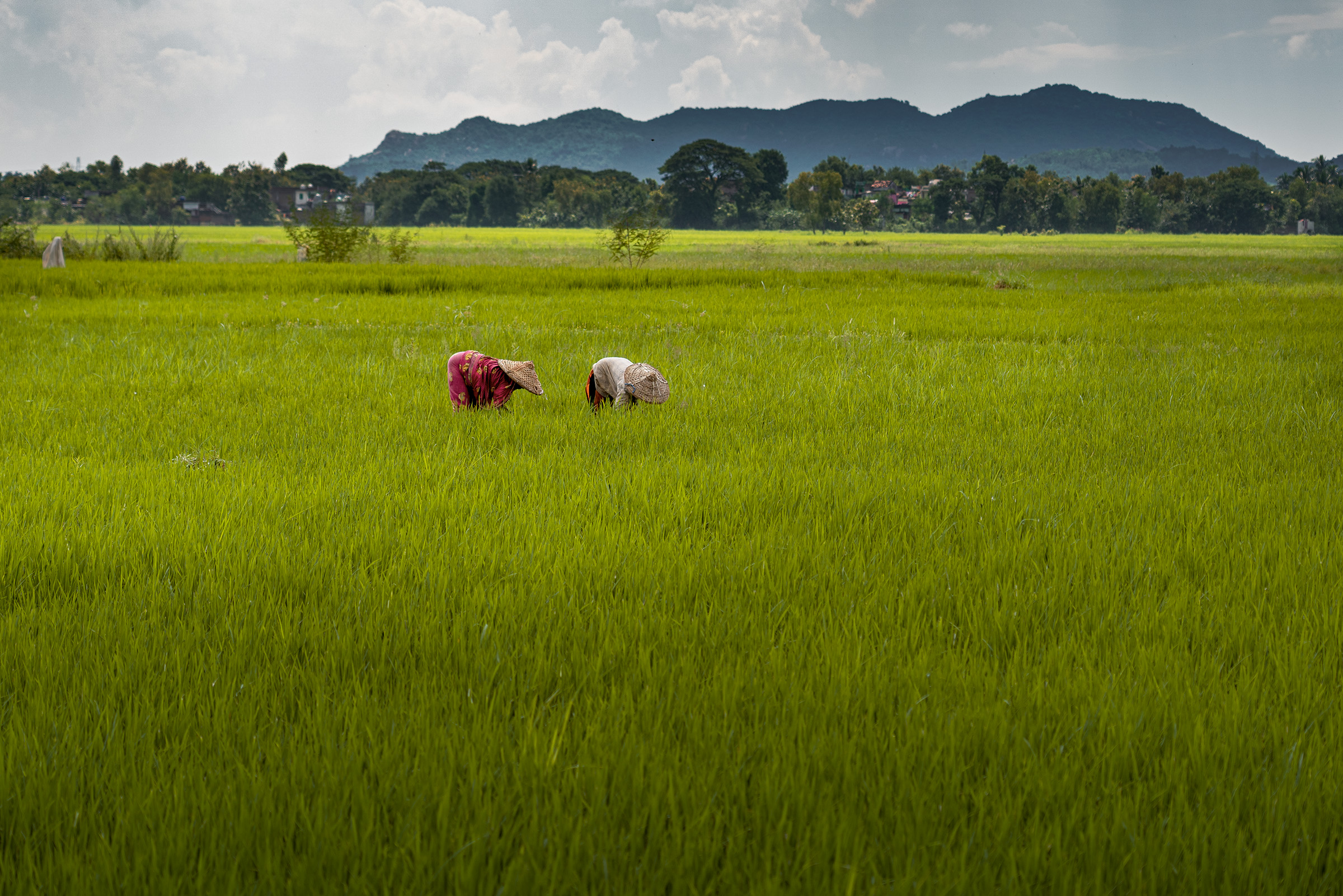
Research by non-profits shows that climate change and natural disasters have impacted agriculture as a source of income in Odisha.
“When we are at home it’s nice, we feel happy. But there is no money here,” 19-year-old Priya said on her first trip back in a year, as she stood on the stairs that lead up to their new roof terrace.
Three years her senior, Preeti says she gave up her studies because she had to find a way to support the family, finding work in India’s burgeoning seafood processing sector. “When they said that working at the company is going to pay me soon, within a month I went there,” she told CNN.
Their family once made a living by growing rice, but Priya and Preeti’s elder brother, Badal, who also migrates for work, explained that extreme weather events in recent years, including cyclones, droughts and unseasonal rains, have degraded the land and left it mostly unviable.
On the day CNN met the family in October, the weather switched between rain, sunshine and strong winds in a matter of minutes. Research by non-profits indicates that climate change and natural disasters have impacted agriculture as a source of income in the state, and data shows this is a nationwide concern. Multiple families told CNN that their crops are failing. Pointing to the sky, Badal said: “From morning it’s like this, so what can we do here? Without farming, how will we live?”
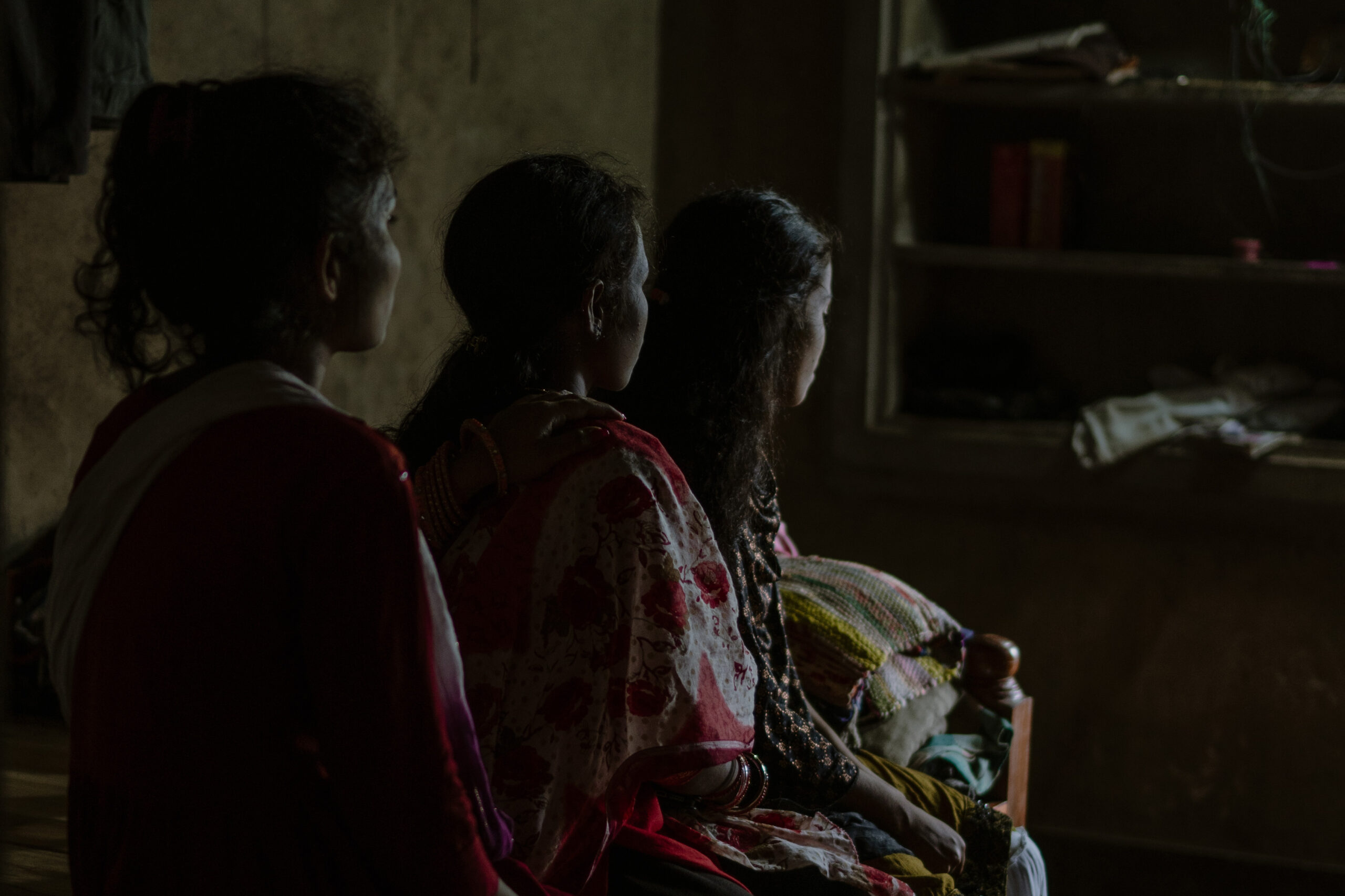
Janaki and her colleagues visit their homes in Odisha for the first time in months after working at a seafood processing plant in Andhra Pradesh.
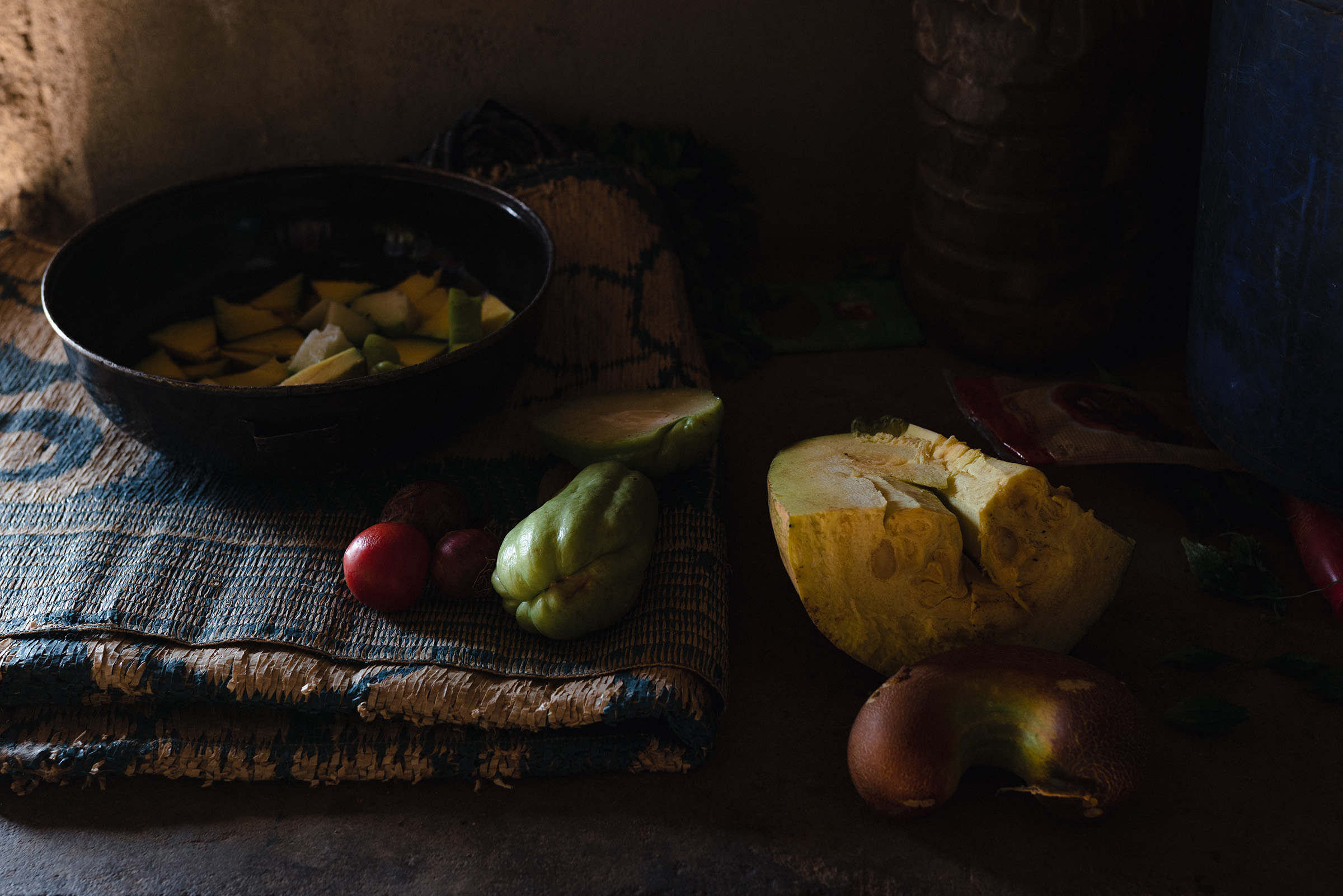
Vegetables are spread across the kitchen counter in Priya's house, ready for dinner preparation in Odisha, India on October 14, 2024.
For many in the region, a devastating cyclone named Titli in 2018 was the turning point, including one neighbor who shared that his crops were destroyed, causing his own daughters to eventually leave and work in the seafood plants. He pointed to his stomach and said: “There is no income (here). So, why do they (our daughters) need to sit unemployed?”
Hundreds of women like Priya and Preeti have since left villages in the region to work in the heart of India’s growing seafood industry, the neighboring state of Andhra Pradesh, a local non-governmental organization supporting migrants told CNN. According to the Ministry of Commerce and Industry, the seafood sector reached an “all-time high” for export volume in fiscal year 2023-24.
But such need for survival has left workers vulnerable to exploitation, as detailed by more than a dozen women and girls working across three seafood processing plants in interviews with CNN. The women said they were overworked and underpaid, their movement often restricted, and some said they were unable to access adequate health care, violating multiple labor laws and human rights. Five women and one 13-year-old working at the same plant told CNN minors were being hired to work on its factory floors. India’s child labor law prohibits the employment of children under the age of 14.
J.N.V Gopalan, a leader with the Centre of Indian Trade Unions, told CNN that the number of workers at processing units was growing “day by day,” with a spurt of growth in the past five years, but the “working conditions and health care is deteriorating further.” He stressed there is a lack of “basic human rights.”
A district-level president in the union’s Andhra Pradesh state unit, Gopalan said that while local workers were at least able to leave after their shifts, migrant laborers are “more exploited” because they live on site. He stated that migrant workers were at risk of being made to work overtime without pay and compelled to work at any time of the day. “When stock arrives, be it even midnight, they must go back to work,” Gopalan noted.
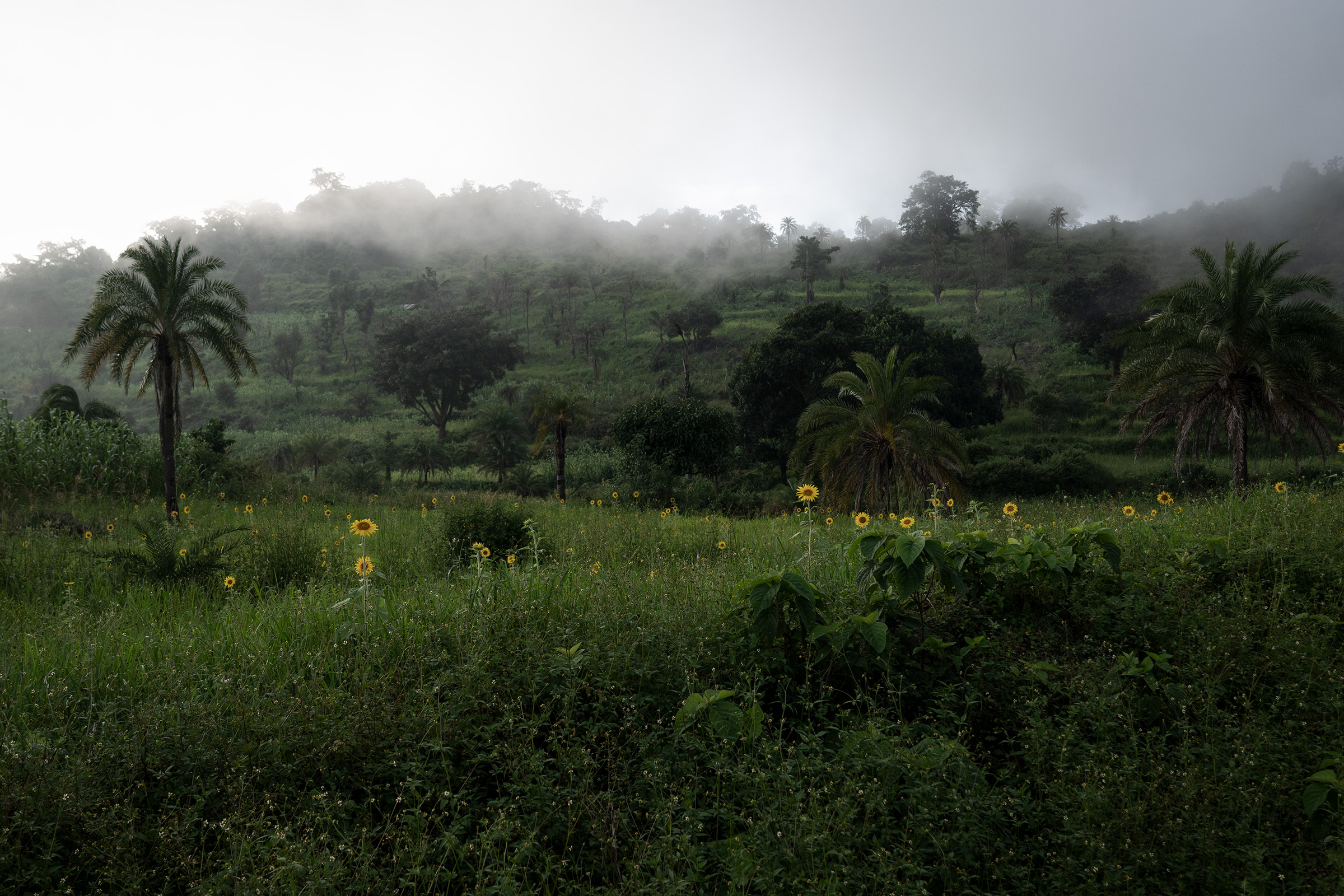
A village in Odisha.
did not know the totality of the situation when it concerns migrant women living inside factory confines because they have had limited access to speaking with the workers.
Millions of women work in India’s expanding seafood industry, which is predominantly located in Andhra Pradesh, home to more than 100 privately owned plants, most of which process shrimp.
The country’s seafood exports have increased in volume by more than 30% over the last four years alone, bringing in $7.38 billion in the 2023-24 fiscal year. The US and China are by far the largest buyers, together accounting for more than 50% of all exports in US dollars, while Japan, Vietnam, Thailand, Canada, Spain, Belgium, the United Arab Emirates and Italy round out the top 10 markets. The government has further plans for exponential growth, notably of its major export: frozen shrimp, which accounts for more than 66% of total earnings from seafood exports.
At the heart of this growth are the nimble hands of young women.
According to a 2023 report by the International Labour Organization (ILO), shrimp processors estimate that women make up 70–80% of the workforce, of which 50% are migrants like Priya and Preeti. Most migrant women live on factory premises, having limited interaction with the outside world, labor union representatives told CNN. Men are estimated by ILO to make up 20-30% of the workforce and typically work in loading in the storehouses and in managerial positions.
In March 2024, an investigation by Corporate Accountability Lab (CAL) – a Chicago-based human rights organization – found multiple labor law and rights violations across India’s shrimp processing units, including forced labor and allegations of sexual harassment. In a report based in part on CAL’s findings, the Associated Press met with workers who spoke of grueling working conditions, often leading to health problems.
The US State Department’s 2024 Trafficking in Persons Report for India said there were indications of forced labor – like restrictions on movement, dangerous working conditions and failure to pay minimum wage – in some shrimp and aquaculture facilities in India, specifically in Andhra Pradesh.
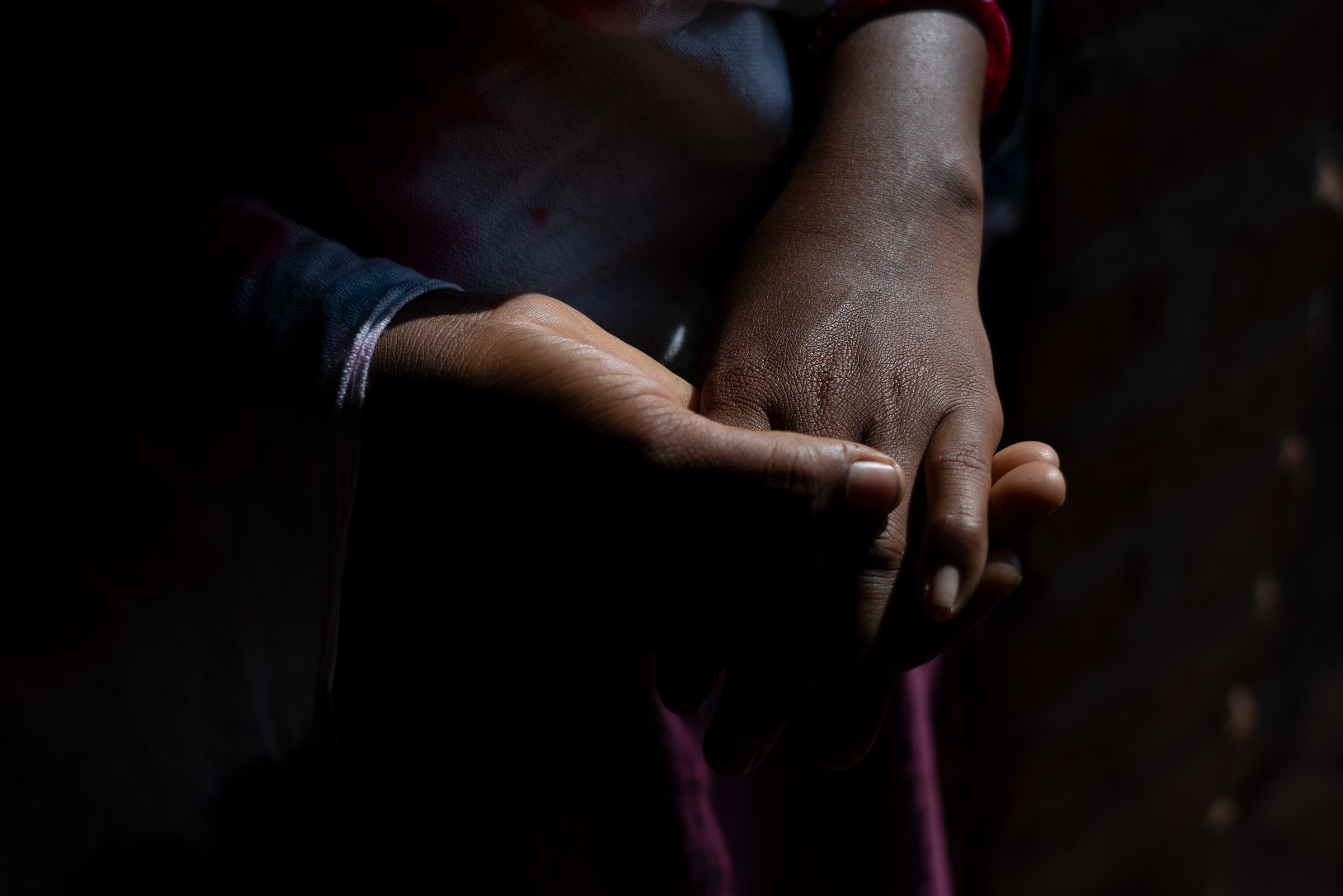
Women like Priya work 12-hour shifts, seven days or nights a week in a seafood processing plant in Andhra Pradesh.
But despite this and the addition of India’s shrimp industry to the US Department of Labor’s list of goods produced by forced labour in September, CNN found that more needs to be done to improve working conditions for women working in seafood processing plants.
CNN reached out to the Ministry of Commerce and Industry, the Marine Products Export Development Authority (MPEDA), the Ministry of Labour and Employment, as well as state labor commissioners, for their response to allegations that forced labor, child labor and human rights violations are widespread in the seafood industry in Andhra Pradesh.
In a written response to CNN, MPEDA, said, they “take all allegations regarding labor issues with the utmost seriousness”.
Operating under the Ministry of Commerce, MPEDA said they “welcome collaborative engagement and open dialogue…to ensure that all voices are heard, concerns are addressed, and our shared commitment to protecting labor rights and promoting fair labor practices is reinforced.”
CNN spoke to 13 migrant women and girls aged 13 to 37 from Odisha, who work across three of more than 100 seafood processing plants in Andhra Pradesh, as well as two recruiters, one working directly for a company and the other for a contractor with the company. All but two of the women said they felt their lives had improved overall, because they were able to provide for their families and had escaped cultural pressure to marry young but revealed extreme working and living conditions.
Women’s roles in the processing plants typically entail de-heading and peeling, grading, freezing, or packing the shrimp – all performed standing in cold temperatures. Dr. B. Madhusudana Rao, a principal scientist at Central Institute of Fisheries Technology, an agency with the Ministry of Agriculture, told CNN that the shrimp, which the women handle for hours, must be maintained at 4 degrees Celsius (39 degrees Fahrenheit).
“I don’t like working there; the pay was less, so I came back home,” said 27-year-old Lata, who returned after just four months at a processing unit. Lata is from a village close to Priya and Preeti’s and worked in the same plant as the two sisters.
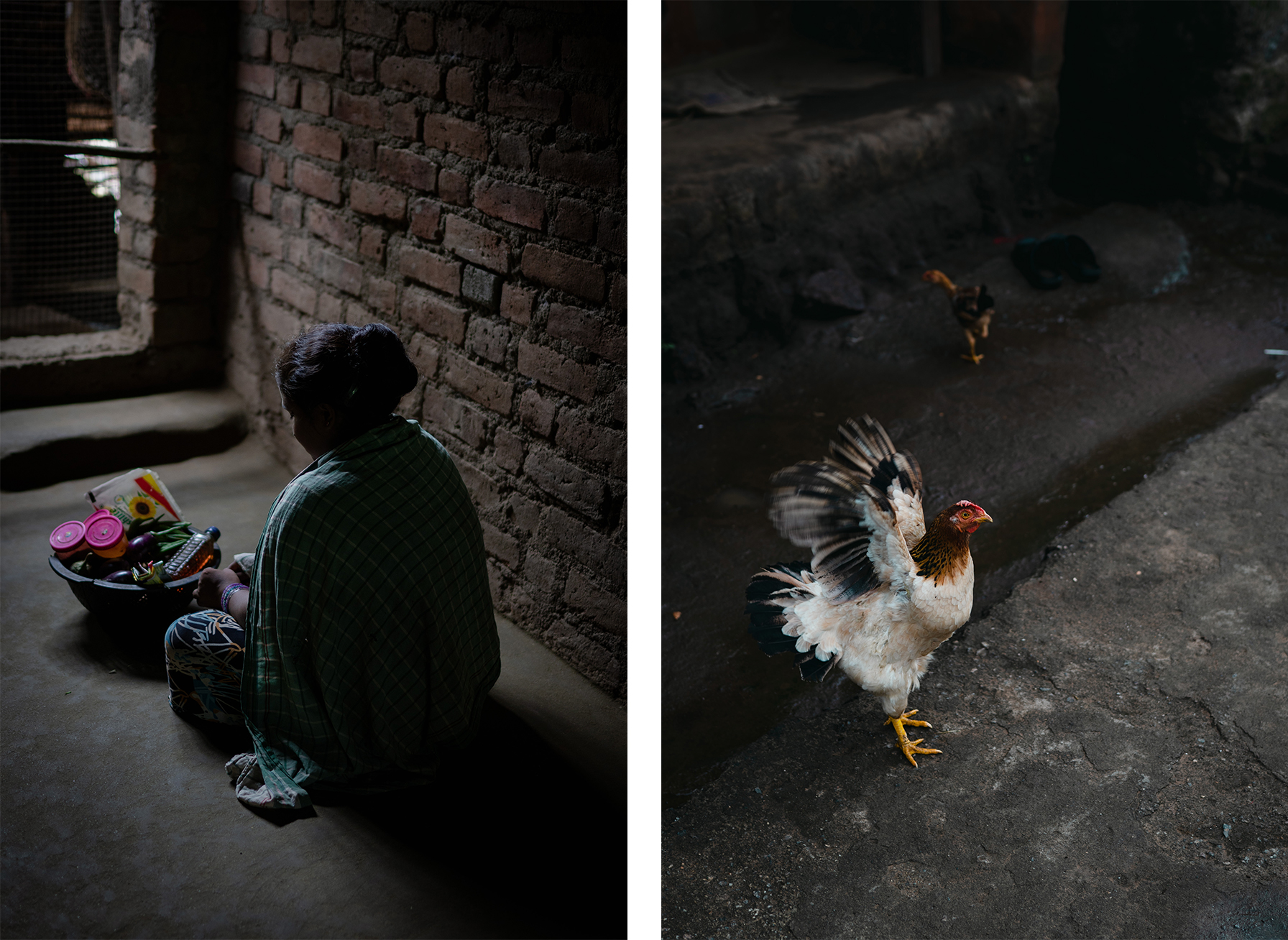
Lata left her job at the seafood processing plant because of low wages. She is seen here peeling vegetables inside her partially constructed home in Odisha. (Right) A hen flaps its wings while wandering around a village in Odisha.
She had previously worked as a domestic cleaner in another southern state of India, where she made more money. But Lata said she had left that job for the seafood industry because she was frequently verbally abused by her employer.
Working nights packing shrimp, her shift ran from 9 p.m. to 9 a.m. with a three-hour break. When she asked Joti, her recruiter, about the low pay she said she was told it was a set wage for new employees. “I got around 6,000 Indian rupees per month ($71) for 12 hours of work every day.”
The country’s 1948 Factories Act stipulates a maximum of 60 working hours a week, with overtime paid after 48 hours, and a minimum of one day off every 10 days. Of the 13 women CNN interviewed, eight said they worked 12-hour shifts, with a break of two to three hours, seven days or nights a week – about 70 hours a week on average, but do not get paid overtime or days off. Their monthly pay is around 11,000 Indian rupees ($130), according to the women, which is less than minimum monthly wage.
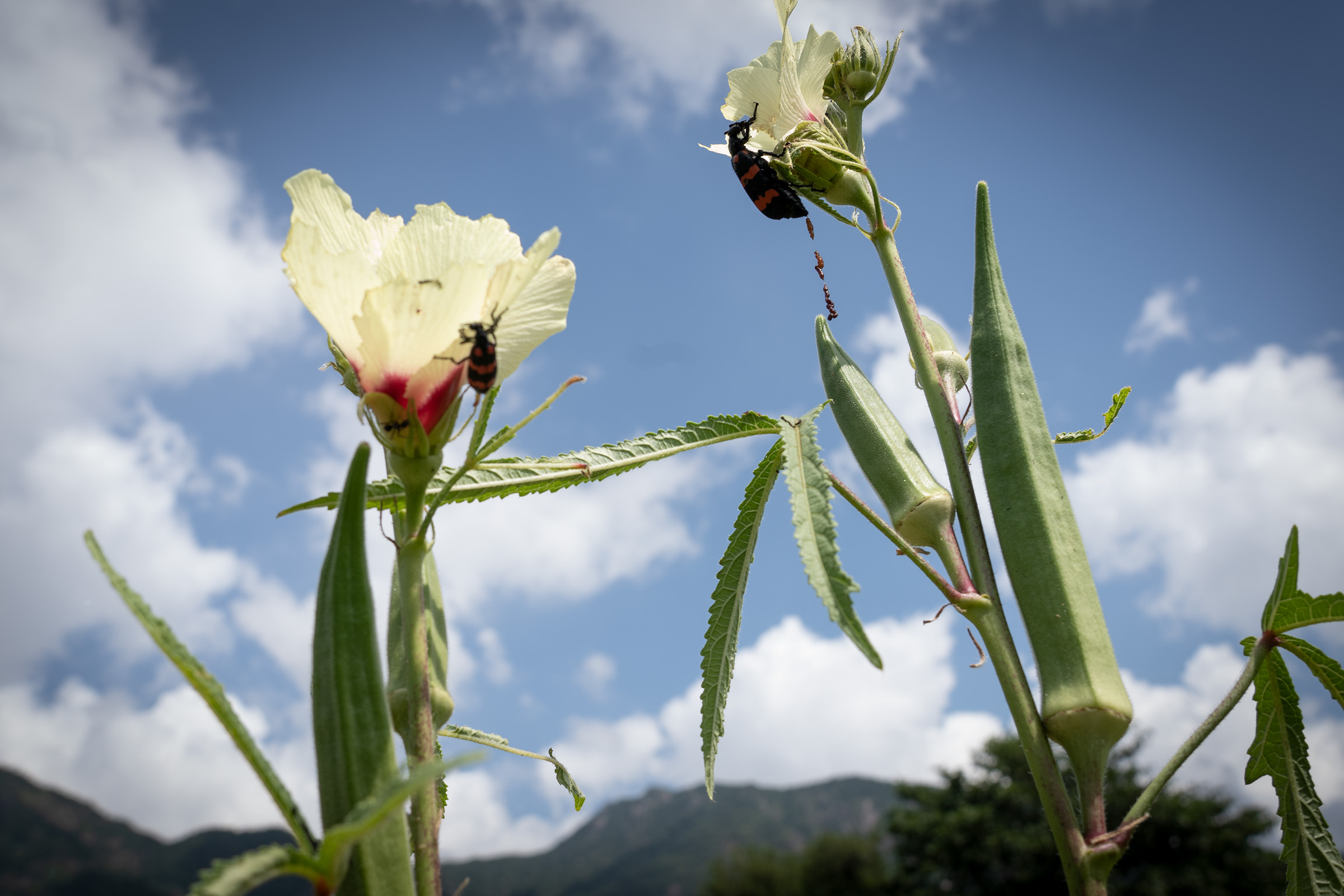
Okra grows in the garden at Joti’s house in Odisha.
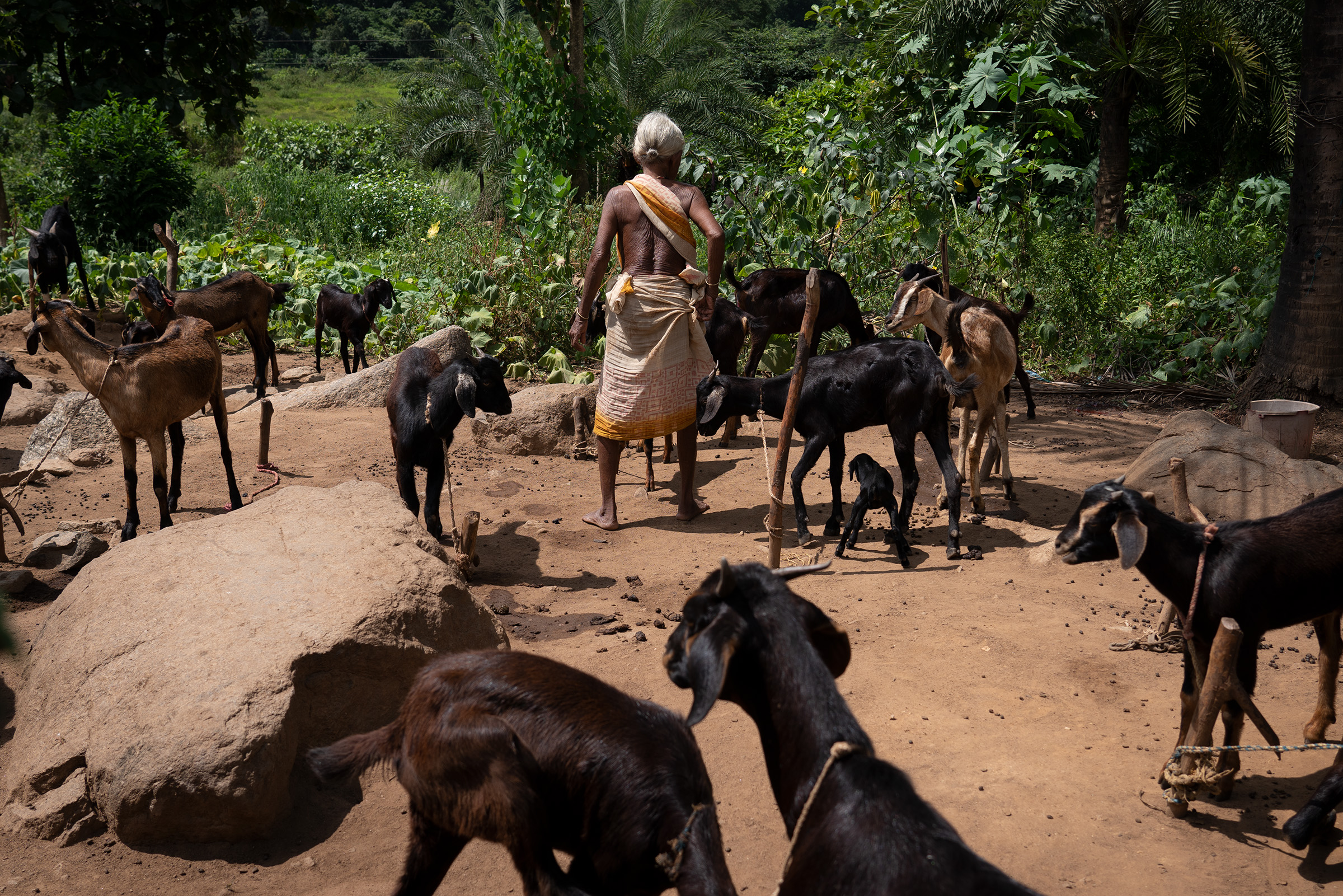
Joti’s mother takes care of the cattle in the garden at their home.
On the rare occasion the women had a day off, they said they would stay in their hostels. “If one Sunday is off, then the next Sunday, we have to do double duty… There is no such thing as a holiday,” Priya said.
The women also said they were only allowed to leave the premises to go to the market once a month, chaperoned by a recruiter. Joti, the recruiter, who also works in the plant as a cleaner on the factory floor, told CNN the chaperoning was to ensure the women’s safety. But she said that she believed electric fencing – erected around factories for security – were intended to keep workers from leaving the grounds. “In case someone tried to jump and run, they have put those around to prevent it,” Joti said.
Three other women told CNN their factory gives them roughly one day off per week. They said they were rarely able to see their families, who live about 15 hours away – a trip that requires taking unpaid leave. All the women CNN spoke with said they barely had time to do anything other than sleep and catch up with family and friends on their phones.
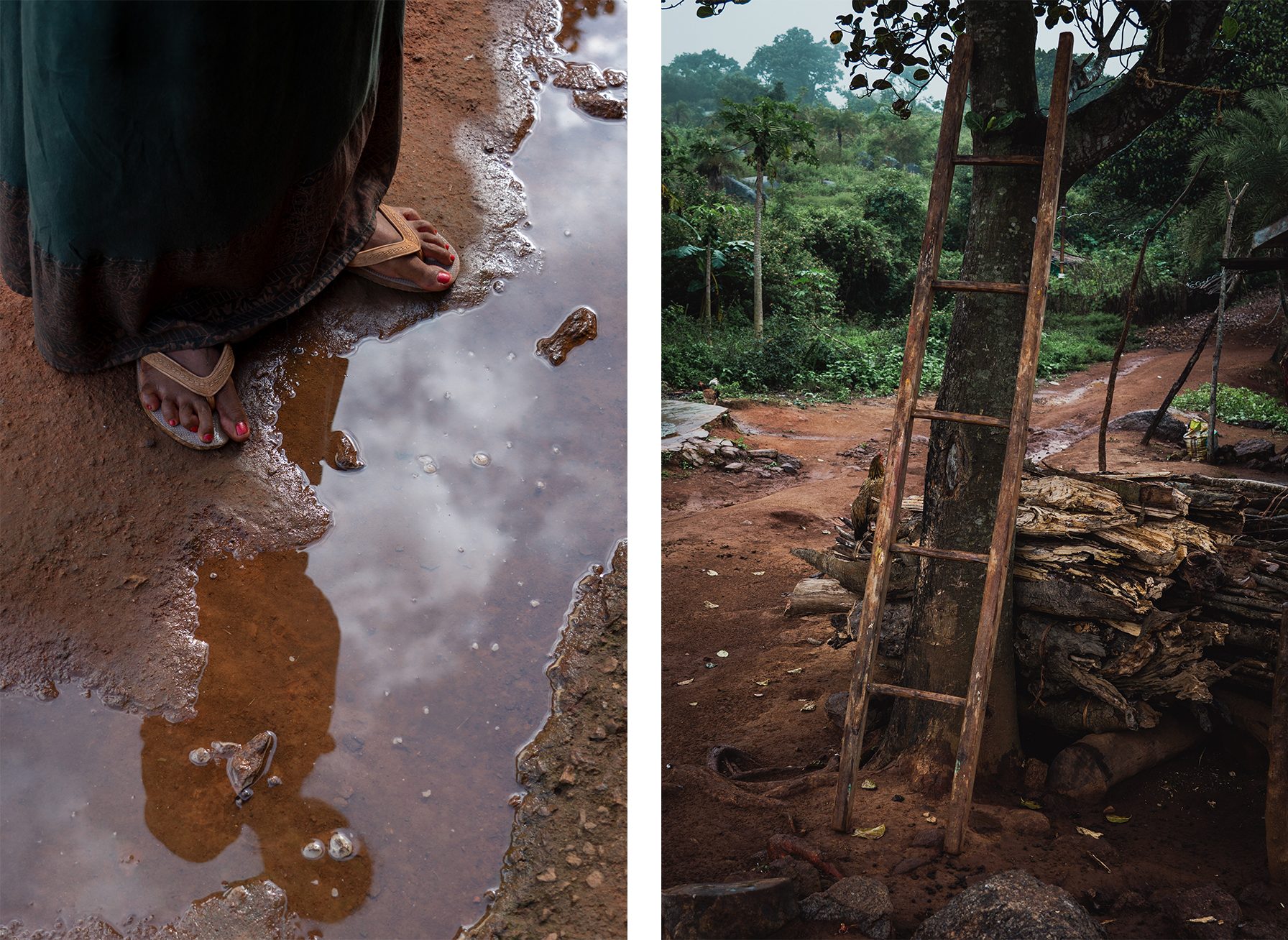
The silhouette of one of the hundreds of women who have left this region to work at a seafood processing plant in Andhra Pradesh. (Right) A wooden ladder leans against a tree in a village in Odisha.
The CAL investigation reported on the restrictions faced by migrant workers, quoting one worker who likened the accommodation at a seafood processing plant to an “open jail.” Describing security guards and checkpoints at the facilities, the investigation noted that while the measures may be to “ostensibly ensure workers’ safety” they have the effect of complete control and intimidation.
Recruiters said there were company restrictions on the movement of employees and some contractors did not allow workers to return home when they wanted to. Another recruiter, Santosh, alleged some contractors – either employed directly by the companies or acting as third parties to bring in laborers – did not allow workers out to visit their families as the time off meant “their commission becomes less.” They earn at least 10% commission monthly from the company for every worker recruited; one going home meant their earnings drop.
Joti said while her company allowed workers to return home when they wanted, they were not paid during their time off.
The restriction of movement for workers in seafood processing plants violates laws against forced labor laid down in the country’s Bonded Labour (Abolition) Act, C Raj Kumar, a lawyer specializing in Indian labor laws, told CNN.
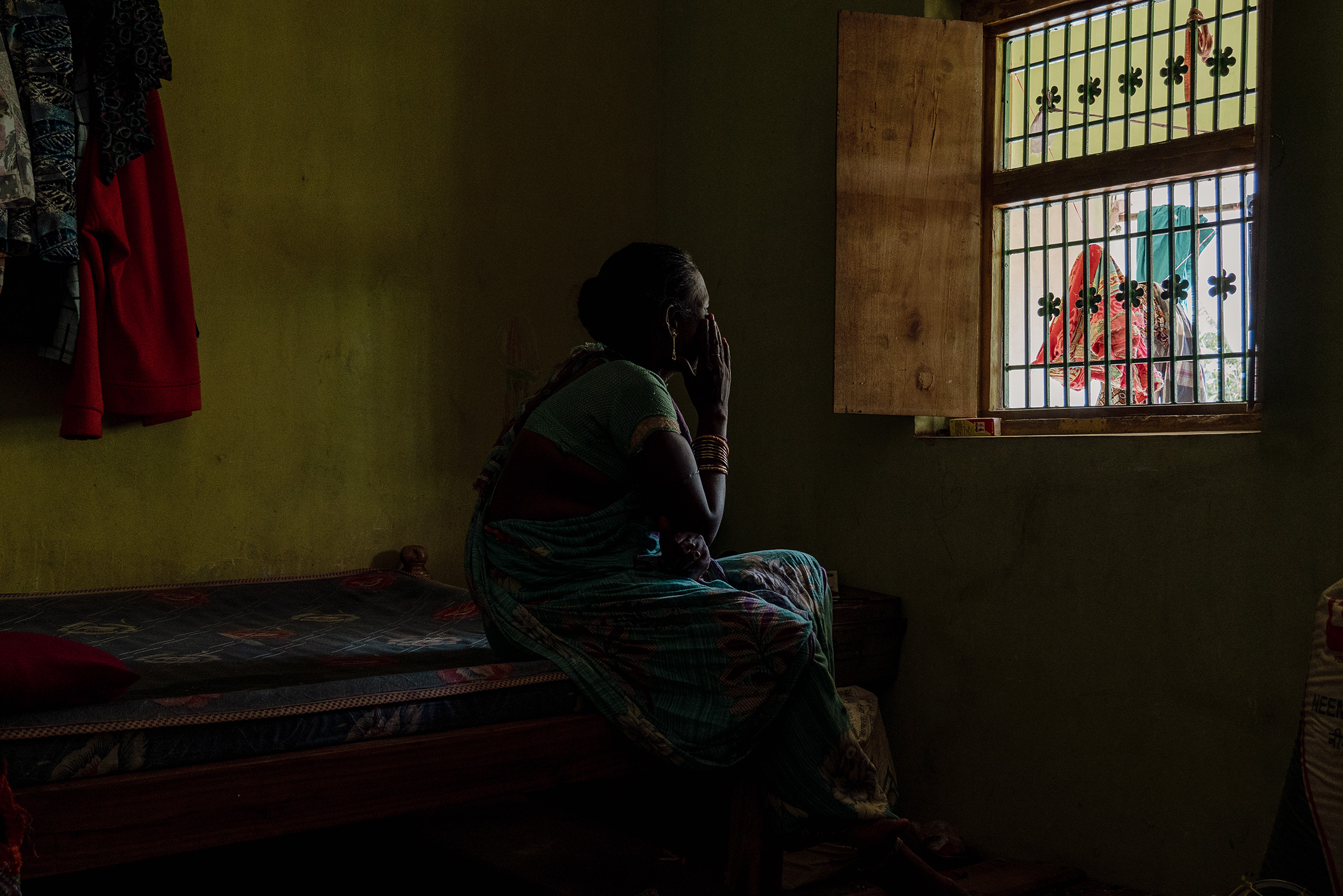
Joti poses for a picture at her house in Odisha.
All of the women who spoke to CNN said they were hired by village-based recruiters, some of which work for third-party contractors. Companies prefer this system of using intermediaries – contractors or agents – as it allows them to hire people without formal documentation or labor cards, meaning they are then ineligible for social security benefits, according to an International Labour Organization report.
While the use of labor contractors is allowed, the Inter-State Migrant Workmen Act requires them to hold a recruiting license, but the two recruiters and district labor officials in both states told CNN there are major gaps in enforcement.
Recruiters Joti and Santosh both told CNN they did not have a license but still operate for companies and contractors who request a certain number of women every few months. Santosh, who has worked with his company for six years, said he was given specific criteria to find women below the age of 45.
Food processing units prefer “tender” hands to deal with shrimp and keep them intact, which means they want young, preferably female, employees, according to Benoy Peter, executive director at the Centre for Migration and Inclusive Development.
CNN also spoke to one minor, Puspa, who said she used her older sister’s ID card to find work in a processing plant at the age of 12.
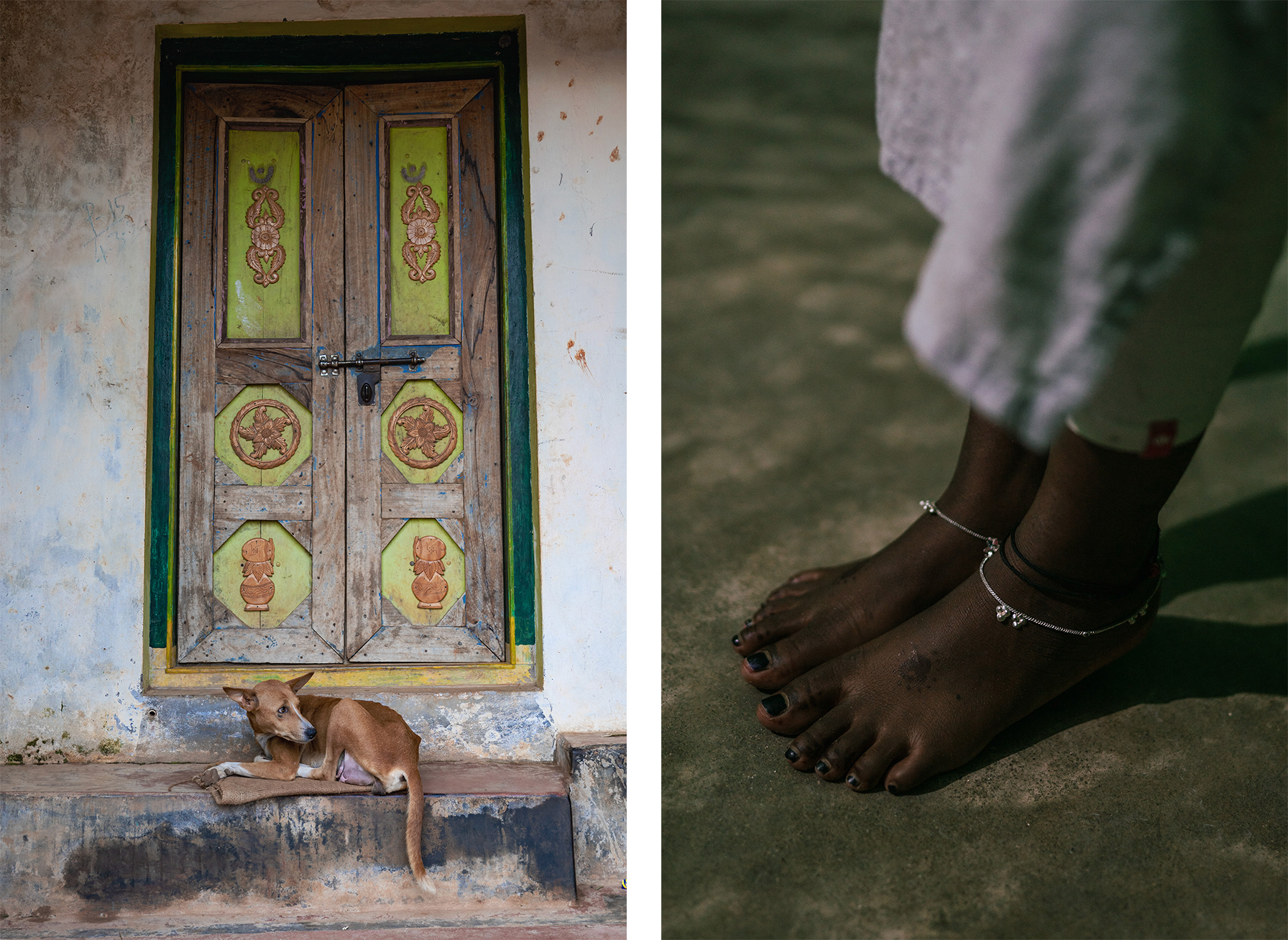
A dog rests in front of a house in a village in Odisha. (Right) Puspa was just 12 years old when she first started working at a seafood processing plant in Andhra Pradesh. Now 13, she was home for a short visit, a year since she left.
Now 13, Puspa insisted it was her decision to migrate. She spoke to CNN as she traveled back to Andhra Pradesh after her first trip home in a year.
Fiddling with her phone and swinging her feet, Puspa said her parents “haven’t said no to me going to work… They told me to go.” She said she kept a fraction of her earnings, sending 90% home.
What she cared about most, she explained, was her family. She hoped to build them a house the way others in her village have and to see her younger siblings continue their education. “(My parents) don’t do anything. (They) get daily wage work sometimes,” Puspa said, adding softly: “I didn’t go to school.”
All of the women CNN spoke to had either not attended or not finished school, leaving them with limited options for income.
Several women, and the two recruiters, said that minors were regularly employed at their plants, with Joti adding that managers claim it is “out of sympathy” to help them support their families.
Joti shared that there were at least 50 minors employed by her company, five of whom she had recruited. The company got away with this, she alleged, as the management would be notified of an impending inspection, giving them time to take the minors outside the factory premises to hide them. “There are huge bungalows where they would keep them… And there will be others who would be guarding the place,” she said.
Santosh shared that his company had previously employed minors and hid them during inspections, but that it stopped around two years ago. The CAL report also highlighted the prevalence of child labor stating there were, “young teenage girls working in processing facilities to help support their families.”
Under India’s labor law, employing adolescents between the ages of 14 and 18 is prohibited in hazardous occupations, but food processing is not among those covered by the legislation.
Sixteen-year-old Gita said she didn’t ask her recruiter any questions about pay or the job itself when agreeing to the work. Other women made similar statements, reiterating they simply needed to earn a living.
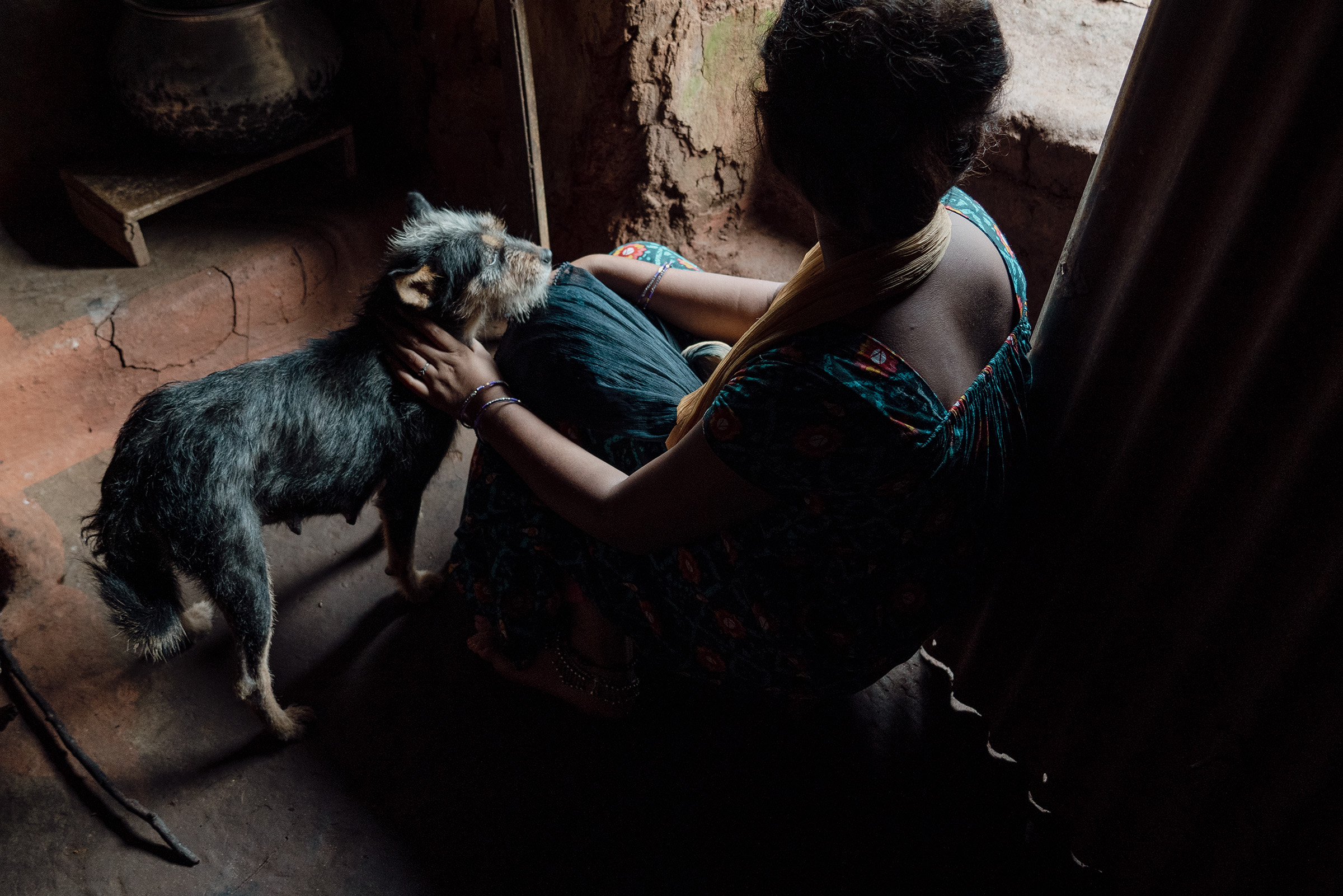
Gita, 16, is able to visit her family in Odisha once or twice every year. She is seen here on one such break, at her home in Odisha.
Gita putting shrimp onto a conveyer belt to freeze them. In her time off, Gita said she goes to her room, shared with 50 others. There, she sleeps on the floor, with only a plastic mat to lie on. Another woman shared that she sometimes slept in the canteen.
Lawyers and union leaders told CNN that the seafood processing plants in Andhra Pradesh actively seek ways to bypass labor laws.
Labor law specialist Kumar told CNN that one method is to take women on as daily wage workers, rather than making them permanent employees, which means they are not owed time off as per the Factories Act. But as the women are paid monthly and work full time, the companies should be treating them as employees, he explained, adding, “They are liable to it.”
Nine of the women working for one company told CNN they had fixed wages for various tasks.
Three women recruited for another company by Santosh said they were paid according to their output, such as the quantity of shrimp they had peeled or cut, typically 18 Indian rupees (21 cents) per kilo. They described working at great speed to peel as much shrimp as they could, with one, Janaki, explaining that meant they frequently cut their fingers.
The women said they also regularly suffered from chest pain, much like the other women CNN spoke with. “This usually happens after working for long hours,” Janaki said
A doctor is required on factory premises employing more than 500 people, according to India’s 1948 Factories Act. Additionally, the Inter-State Migrant Workmen Act, which applies when hiring five or more migrants, requires the provision of free medical facilities.
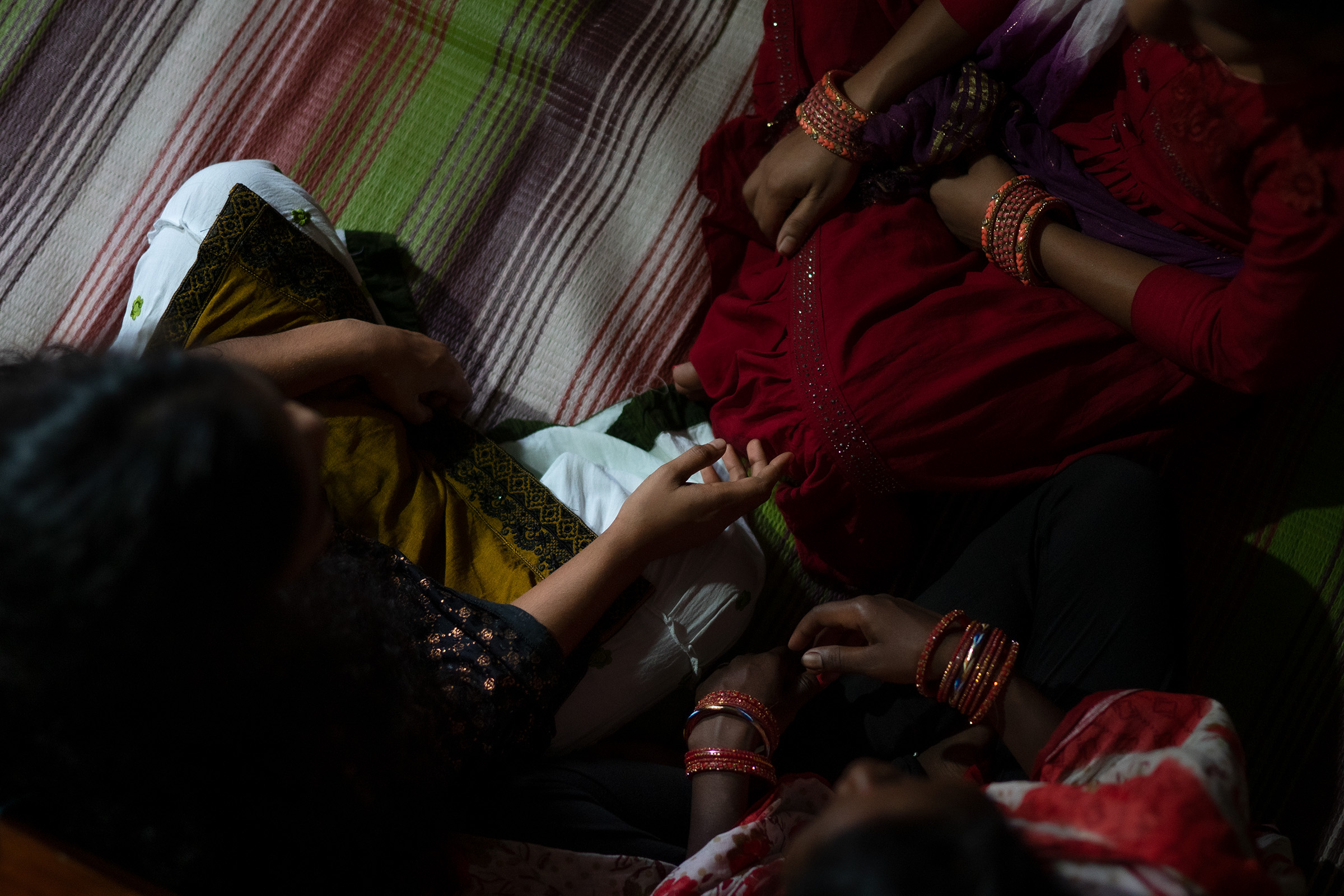
Janaki sits with her colleagues at home in Odisha. They make 18 Indian rupees (21 cents) per kilo of shrimps peeled.
Janaki and Santosh said that was not the case in their factories, and that workers had to pay to see doctors externally. “Many times, girls fall sick,” Santosh said. “Every company should have doctors… these girls are working with ice, in the cold.”
A doctor was only available at one of the three factories whose workers were interviewed by CNN, according to the women and their recruiter. Two women who worked there said that the treatment they received was not adequate and some preferred to seek medical care elsewhere. They reported suffering from recurrent headaches, while other women CNN spoke with said they experienced knee and back pain.
Gopalan of the Centre of Indian Trade Unions said that women from Andhra Pradesh working in shrimp processing facilities locally had told union workers of recurring headaches, back pain, bacterial infections, skin diseases and urinary tract infections because they could not access toilets freely.
In the wake of the CAL investigation, MPEDA told CNN “to address the concerns raised about labour abuse in the sector by the USA-based organizations“.
It was decided that Joint Task Forces would be formed “to identify unregistered pre-processing units”. Currently, “states like Andhra Pradesh, Kerala, Karnataka, Gujarat, and Odisha” have formed a task force, according to MPEDA, and “processing units, if engaging migrant workers, are required to obtain the licence necessary from the labour department”.
MPEDA, which promotes India’s marine exports, also said it requested the formation of “Tripartite Committees”, comprised of government agencies, company and labour union leaders “to safeguard and ensure the implementation of labour welfare measures in the value chain”.
CNN reached out to the Ministry of Commerce and Industry for comment.
Meanwhile, India aims to keep growing the industry, with its sights set on expanding seafood exports to $12 billion by 2026, Reuters reported in 2024, citing two unnamed government officials.
In one of its latest plans, the Indian government says it wants to further its aquaculture production. The country’s total fish production through marine and inland fisheries was 17.5 million tons in 2022-23, with Andhra Pradesh leading in total contribution with over 5 million tons, the majority of which came from inland fisheries, according to the Department of Fisheries’ data.
For women like Priya and Preeti, this could mean more opportunities for income. Meanwhile, labor rights advocates are pushing for what they call exploitative practices to be adequately recognized and prevented.
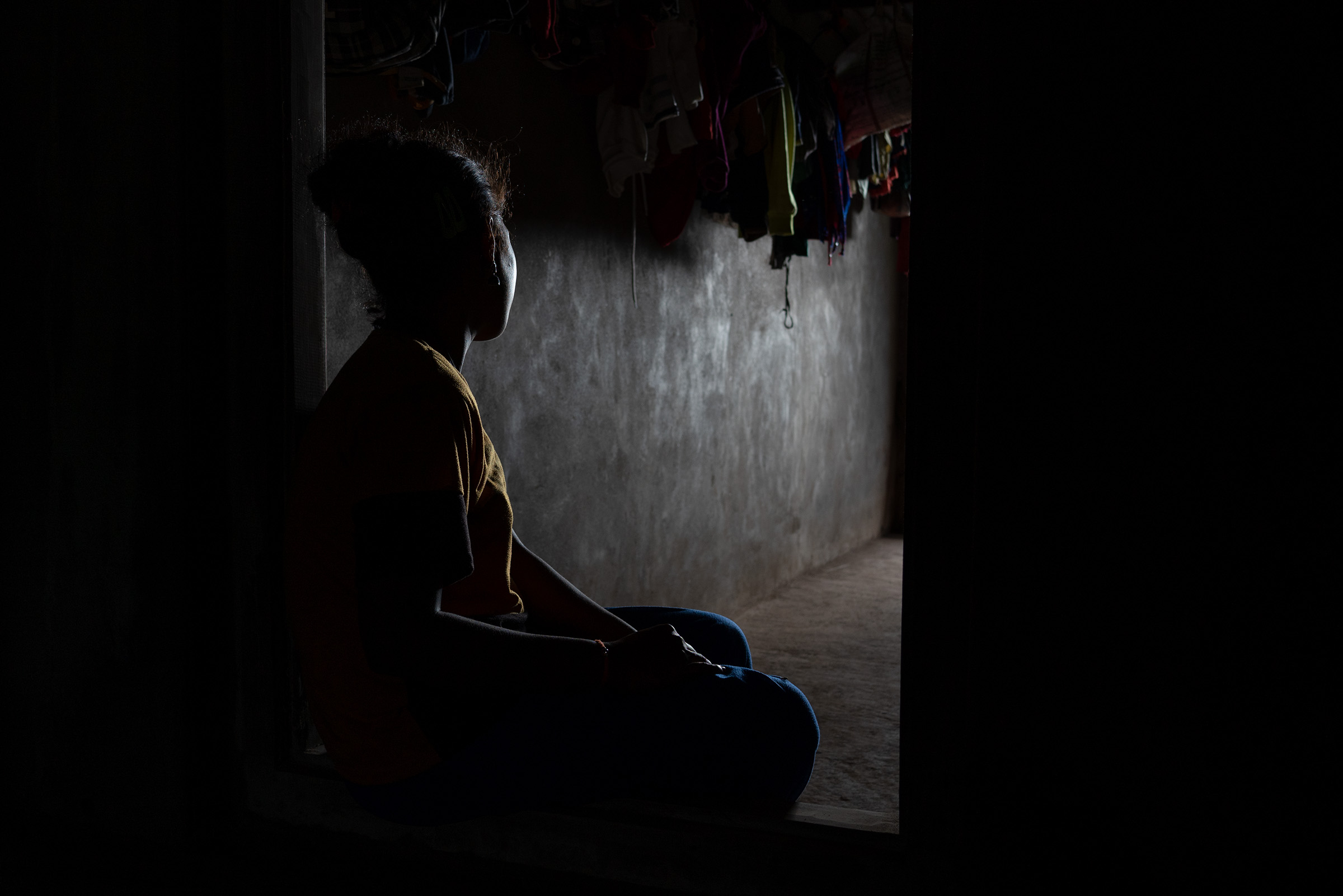
Preeti gave up her studies in order to find a job to support her family.
Gopalan says the trade union wants “a special act for aquaculture workers, similar to that for construction workers, and adherence to minimum wages and other employee benefits.”
Union leaders are also pushing for improvements to the way labor is monitored across state lines. Former and current officials from labor departments in districts of Odisha and Andhra Pradesh said they are aware several companies do not have licensed contractors working for them – which CNN also found.
Odisha’s former state labor commissioner, Vijay Amruta Kulange, told CNN that while they were enforcing the Inter-State Migrant Workmen Act, there were “basic ground level issues.” For example, Kulange, who left the charge as labor commissioner in November 2024, explained that while they operate checks among workers arriving at train stations, it was difficult to distinguish a recruiter from a migrant laborer, as they often travel to work at the same factory.
MPEDA told CNN that the Labour Department of Andhra Pradesh informed them in October of 2024 that 496 establishments had been inspected. It was told, of those inspected “charge sheets were filed against 192 establishments for violations of the provisions of the applicable Labour Acts in the shrimp units.”
But district-level labor officials in Andhra Pradesh lack the power to check if seafood units are flouting the rules, according to the deputy labor commissioner of the district in Andhra Pradesh where the women CNN spoke to work. We “have no powers to inspect any factory,” the official told CNN, explaining that it rests with the state labor commissioner and that inspections are not routine or frequent.
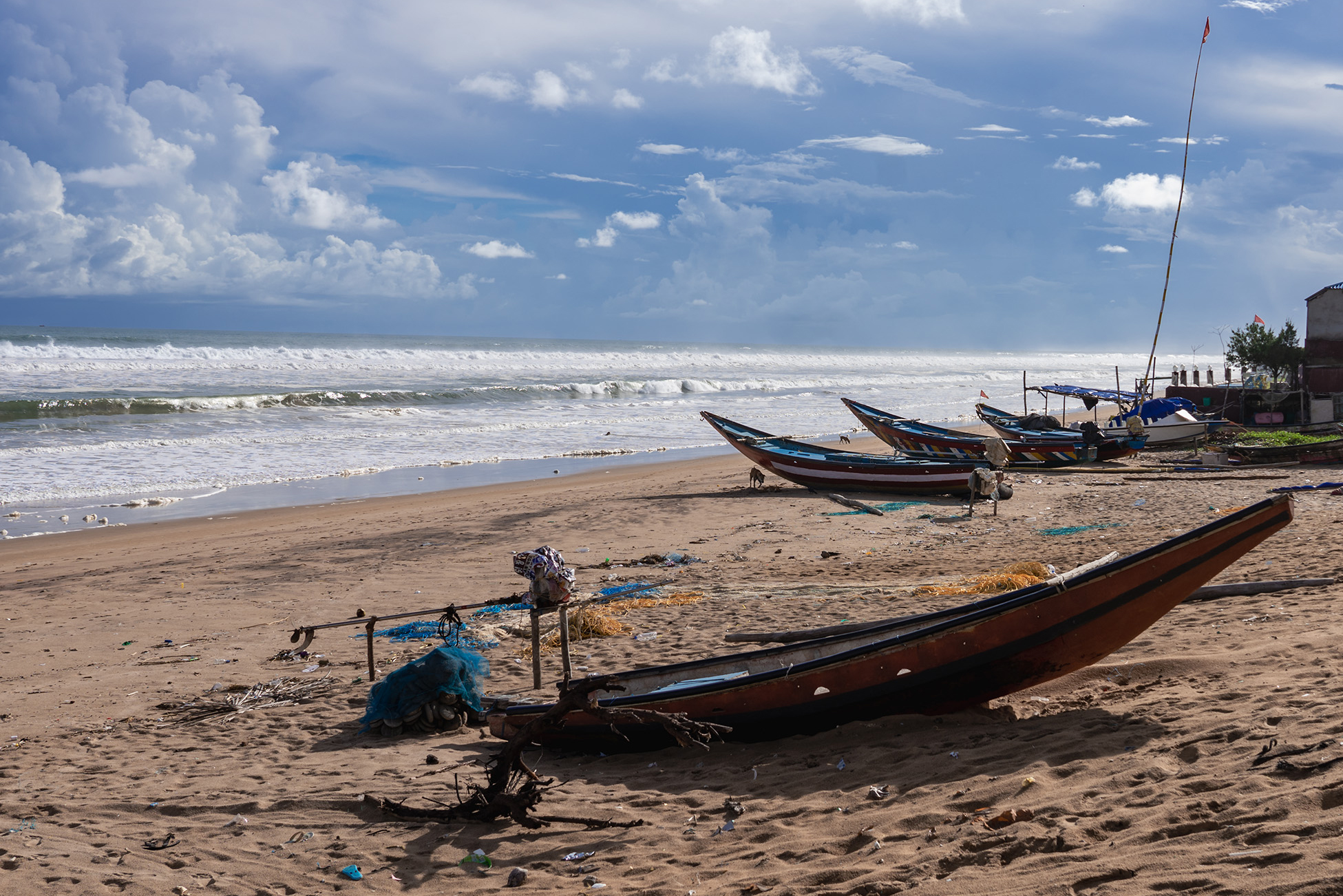
Boats are seen on a beach in Odisha.
The official added that a mid-2024 inspection of processing plants in the district, found them all to be in violation of various laws, ranging from missing attendance and overtime registers to absent appointment letters and pay slips. CNN requested documentation of the inspection but has not received it.
The women CNN spoke to said they didn’t know where the products of their labor end up, told only that they are bound for “other countries.” As the seafood industry grows, so does pressure for importers such as the US to help bring about change, wielding their buying power to demand companies improve their practices and that the Indian government ensure workers’ rights.
It is with the latter that the responsibility ultimately lies, believes Gopalan, adding that it is “the conditions created by the government that favors the companies and allows owners to do what they want.”
.png)






 English (US) ·
English (US) ·